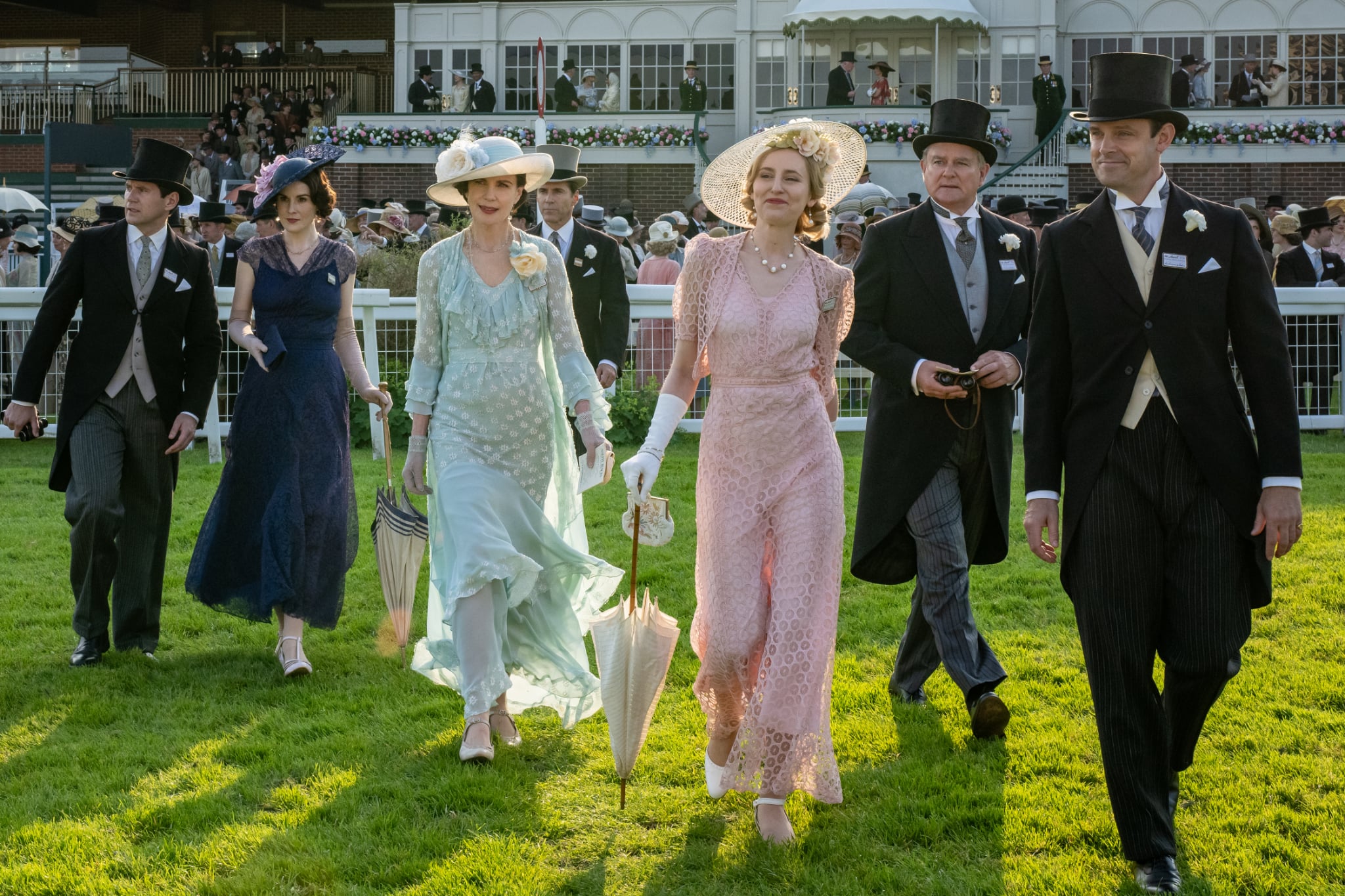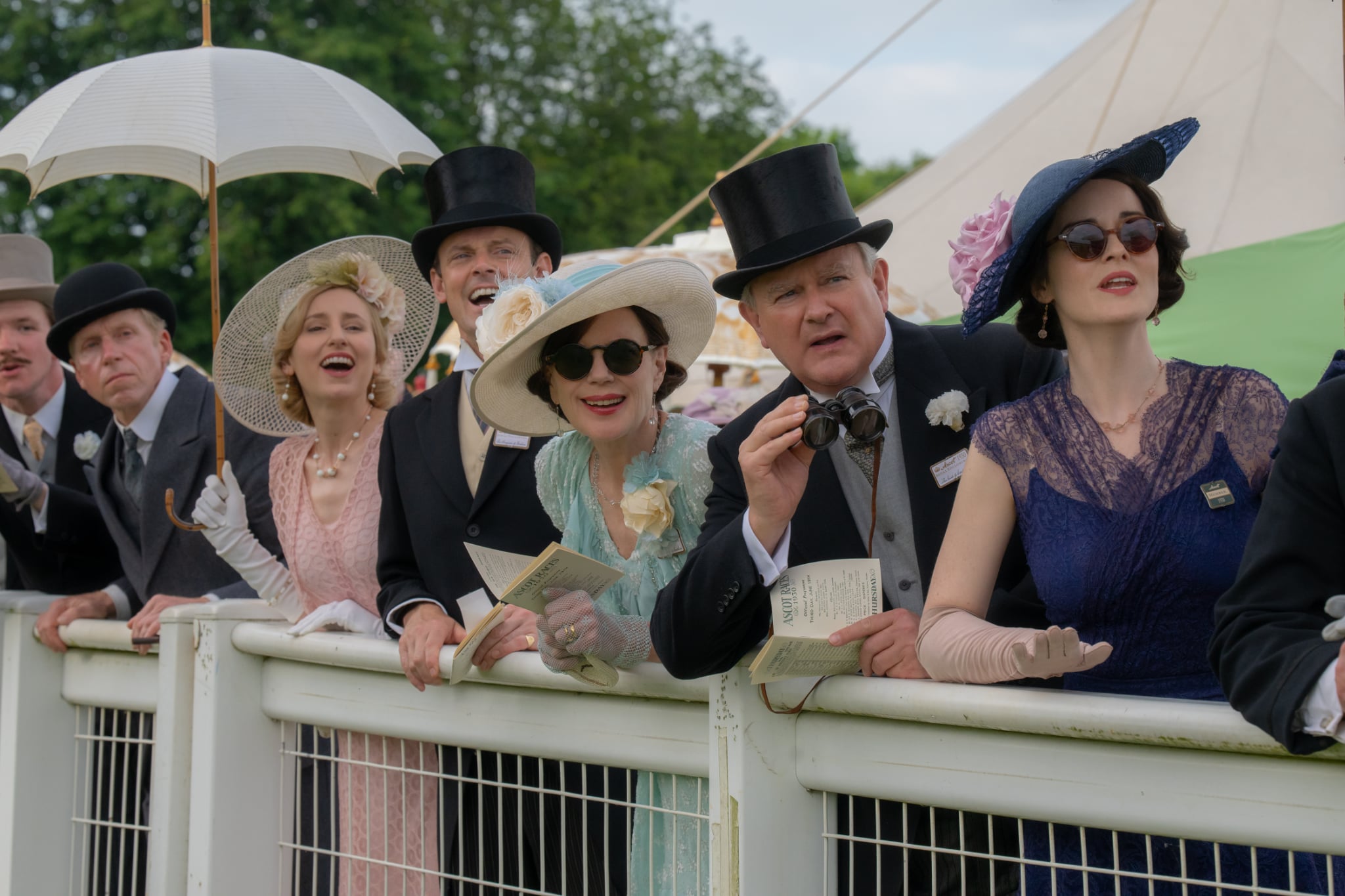DOWNTON ABBEY: THE GRAND FINALE
DOWNTON ABBEY: THE GRAND FINALE
The final chapter in the saga of the residents of Downton Abbey, and a touching tribute to the late Maggie Smith, unforgettable as Violet Crawley. As the Crawley family faces financial troubles and the aftermath of Lady Mary’s divorce, a new generation among the staff steps forward to take charge of the grand estate.
Created by Julian Fellowes, DOWNTON ABBEY remains one of the most iconic and beloved British television dramas of all time. Adored by audiences and lauded by critics, with an impressive 15 Emmy Awards to its name, the series has grown into a cinematic trilogy that continues the intertwined stories of the aristocratic Crawley family and their devoted household staff.
Directed by Simon Curtis, the long-awaited finale captures everything fans have cherished about the series: the stately manners, the unmistakable British elegance, and a profound sense of nostalgia. At its heart, however, THE GRAND FINALE stands as a heartfelt farewell to Maggie Smith, who passed away last year, and whose portrayal of the indomitable Dowager Countess Violet Crawley defined an era. The film is both a tribute and a meditation on loss, legacy, and the hopeful handover of tradition to a younger generation.
That passing of the torch is what we can feel in the story itself. The shadow of Violet still lingers - in whispered memories, her imposing portrait, and in the looming sense of change. Financial troubles once again threaten the Crawley estate, as Harold (Paul Giamatti), brother to Cora Crawley, returns to Downton after disastrous investments during the Wall Street Crash, leaving the family indebted to his financial adviser Gus Sambrook (Alessandro Nivola). Matters grow even more tangled when Gus begins a dangerously flirtatious friendship with Lady Mary (Michelle Dockery), whose divorce has already sparked scandal and disapproval within the aristocratic circles. While the upper floors of Downton echo with quiet intrigues and genteel disputes, downstairs a different kind of revolution is underway. The younger members of staff begin to take the reins, reshaping the running of the great house with fresh energy and conviction.
Curtis masterfully recreates the atmosphere of 1930s Britain, with all the opulent period detail fans have come to expect: sumptuous interiors, exquisite costumes, and the unmistakable pride of British heritage. Yet this is no mere exercise in nostalgia. THE GRAND FINALE balances reverence for the past with a clear-eyed embrace of the future - tells a story about adapting to change, both by the powerful and by devoted servants who learn from young people how to express their opinions - showing that even at Downton Abbey, time does not stand still.
Fortunately, in the finale of DOWNTON ABBEY, nostalgia is not associated with stagnation, but with a beautiful reprocessing of the past in order to open up to the future. It invites us to look back fondly - but, just as importantly, to look forward with hope.
Text: Michał Sołtysek
.png)
.png)





























